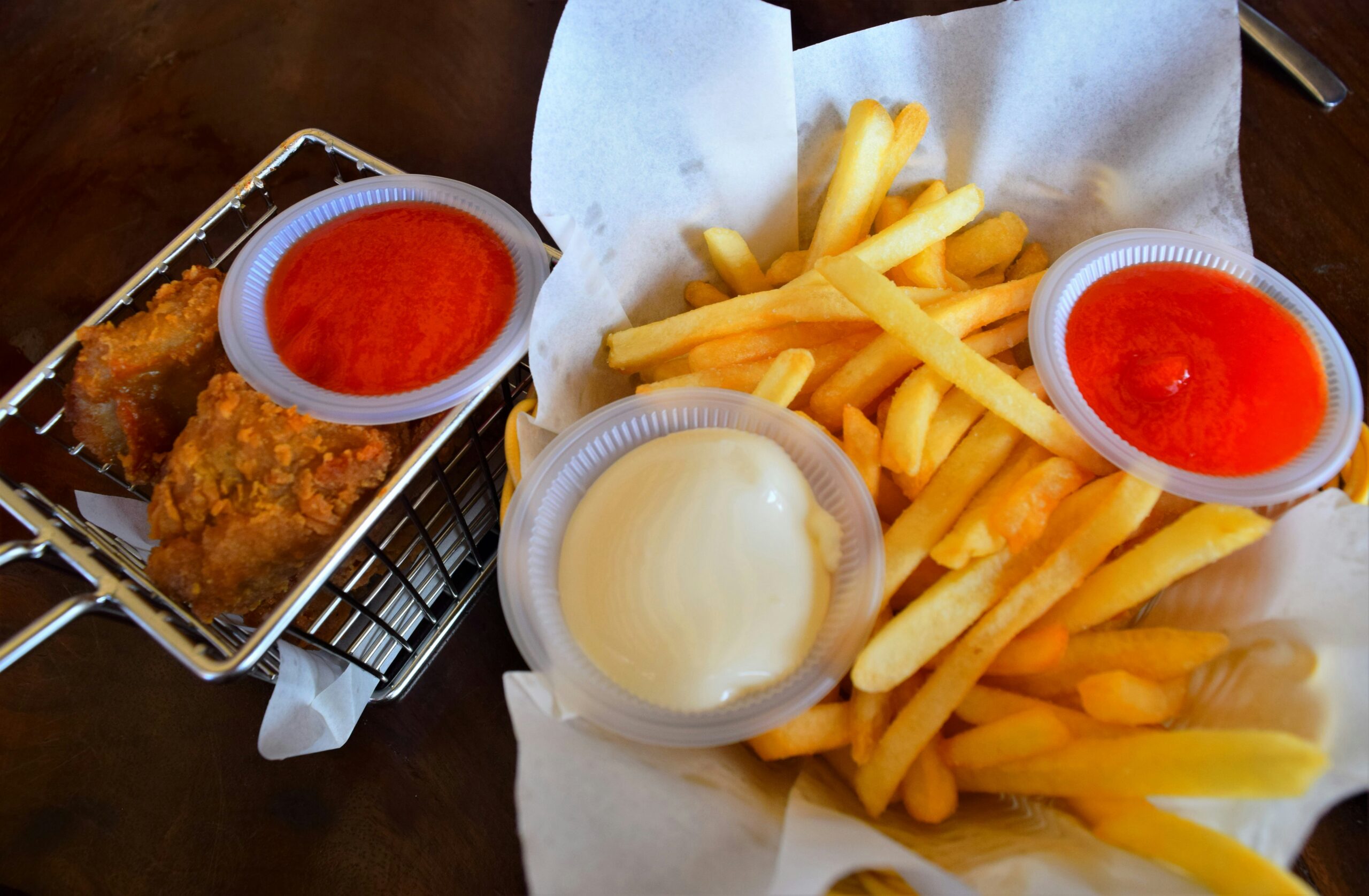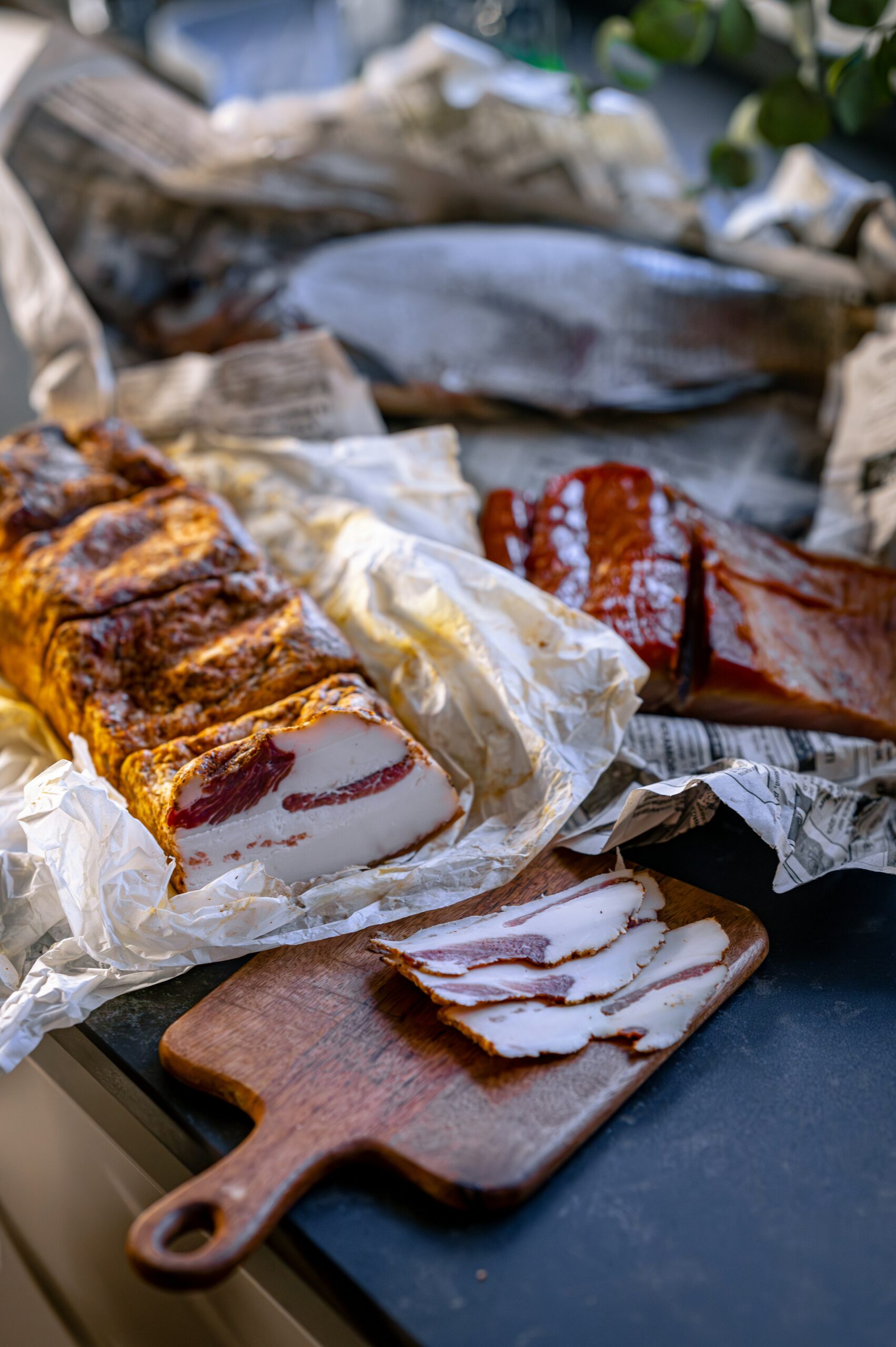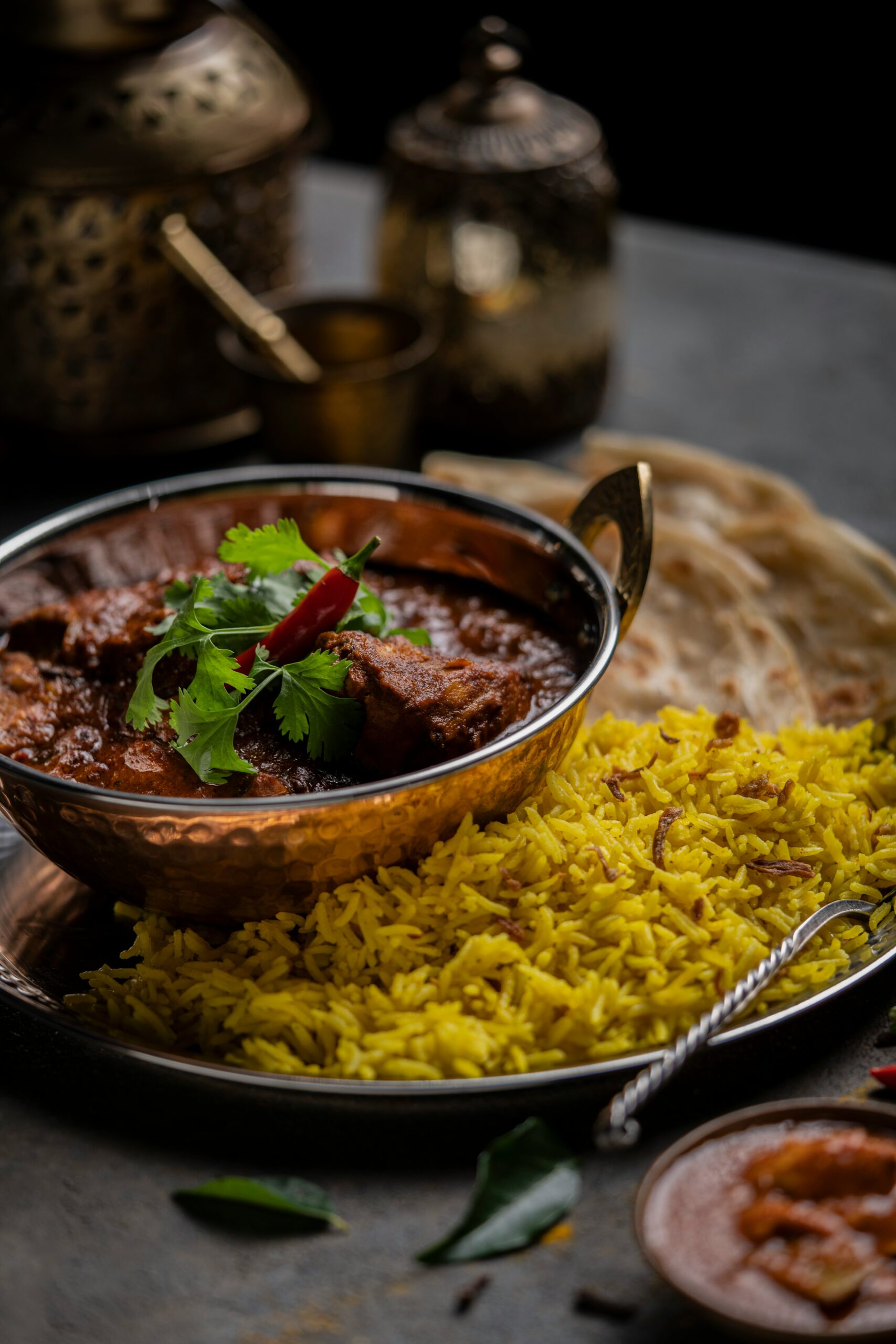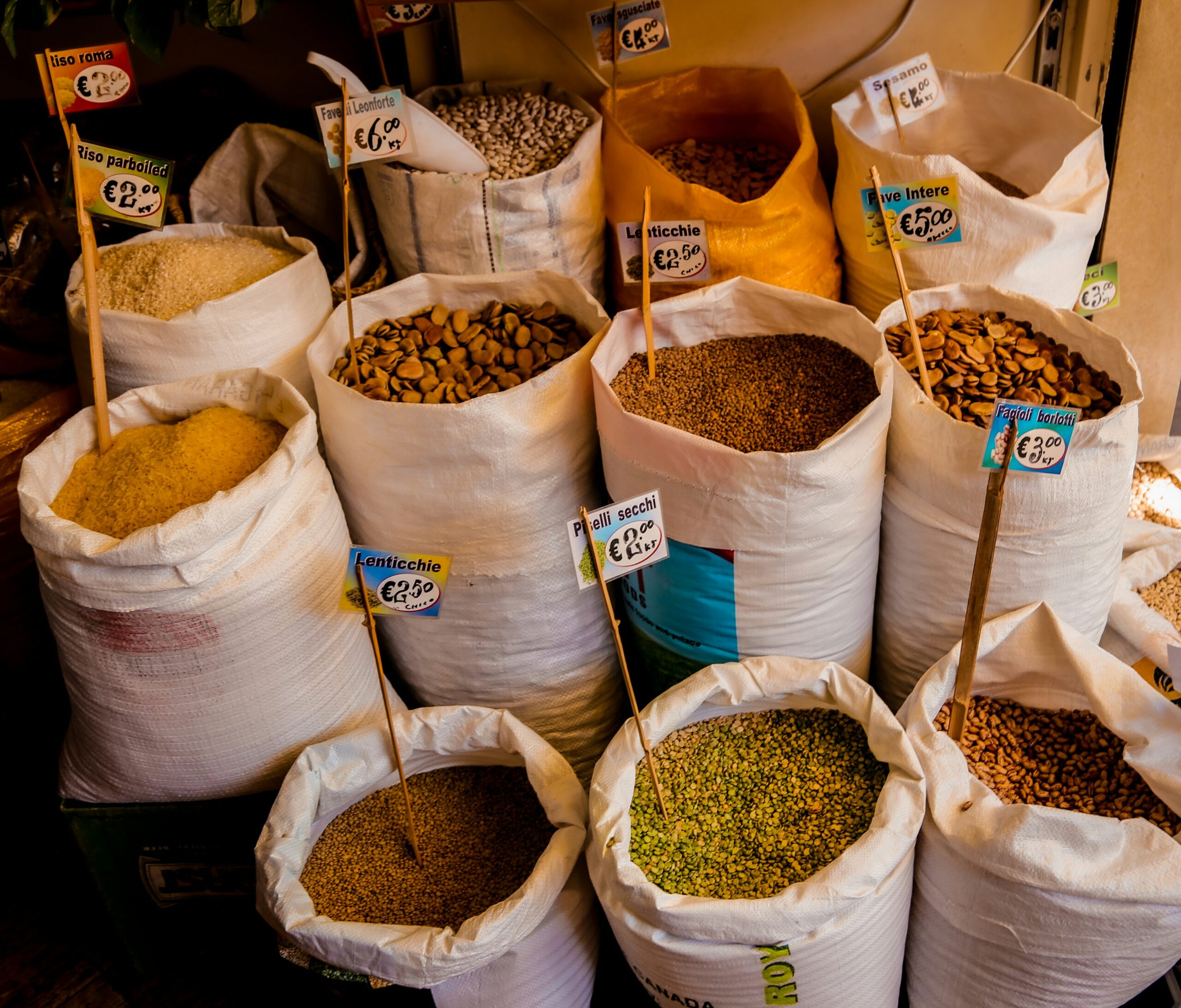Savor the Flavors of Tradition with Authentic Family Recipes
Is there anything quite like the aroma of a home-cooked meal wafting through the air, reminding us of the kitchens of our childhood? For many, family recipes are more than just a collection of ingredients; they are a tapestry woven with memories, culture, and tradition. They tell stories—sometimes of hardship, often of joy—and they connect generations.
The Heart of Home Cooking
It’s remarkable how a single dish can transport you back to a warm summer evening, where laughter fills the room and the clinking of forks creates a rhythmic backdrop. Perhaps it was Grandma’s lasagna, bubbling with cheese and layered with love, or maybe it was Aunt Martha’s secret chili recipe, rumored to have a hint of chocolate. (I swear she’s still holding out on that one!)
What makes these recipes so special? It’s not just the ingredients; it’s the stories behind them. Family recipes often hold the essence of a culture, passed down through generations, evolving over time yet preserving their core identity. They are a testament to resilience and adaptation, reflecting the culinary history that shapes our identities.
The Role of Tradition
Tradition plays a pivotal role in family cooking. Every culture has its unique dishes that celebrate significant events—birthdays, weddings, and holidays. Think about it: what’s a Thanksgiving without turkey and pumpkin pie? Or a Chinese New Year celebration without dumplings and sweet rice cakes? These foods are not simply sustenance; they are a means of connection, a way of honoring our ancestors.
Many families have a designated “family cook” who wields the power of the spatula, and this role often comes with great responsibility. My own grandmother, for instance, was the undisputed champion of holiday feasts. Her stuffing recipe, which she claimed was “just a little bit of this and a little bit of that,” is still a source of debate among family members. (I think she had a secret ingredient hidden away somewhere!)
Documenting the Past: The Importance of Family Recipe Preservation
In an age where everything seems to be digitized, preserving family recipes has taken on new dimensions. Many families are now using technology to document their culinary heritage. Websites, blogs, and social media platforms have become popular avenues for sharing and preserving these cherished recipes, allowing them to reach a wider audience.
However, there’s something irreplaceable about the handwritten recipe card, often smudged with stains from years of use. You can practically hear the whispers of laughter and the clattering of pots and pans as you unfold it. Some people even go as far as creating recipe books, compiling beloved dishes from various family members, which serve as a beautiful homage to culinary traditions.
Tips for Preserving Your Family Recipes
Here are some tips if you’re interested in preserving your family’s culinary heritage:
- Start Small: Begin with recipes that hold the most significance to your family. It could be a beloved dessert or a holiday staple.
- Gather Stories: Along with the recipe, jot down any stories or memories associated with it. What makes it special? Who was the original creator?
- Make It Visual: Take photographs of the dishes as you prepare them. This not only documents the process but also captures the beauty of the finished product.
- Share and Celebrate: Host a family gathering where everyone brings a dish that’s tied to their own memories. It’s a fantastic way to bond and share stories.
Cooking Together: A Bonding Experience
Cooking is, without a doubt, one of the most universal bonding experiences. When we gather in the kitchen, chopping veggies or stirring sauces, we create a space for connection. As a child, I remember clambering onto a stool just to reach the countertop, eager to help my mom with her famous chocolate chip cookies. (Spoiler alert: I mostly just ate the dough.)
These moments are invaluable. They teach us not only how to cook but also the importance of patience, teamwork, and, dare I say, humility (especially when the soufflé collapses). Whether it’s kneading dough with a grandparent or stirring a pot of soup with a sibling, the act of cooking together builds relationships and fosters a sense of belonging.
Family Recipes as a Culinary Bridge
Family recipes can act as a culinary bridge, connecting different cultures and generations. In an increasingly globalized world, many families blend their culinary traditions, resulting in unique hybrid dishes. For example, a friend of mine has a Mexican-American background, and her family’s Christmas tamales are filled with a variety of ingredients that range from traditional to innovative, like cheese and jalapeños.
The beauty of this fusion is that it reflects the diverse tapestry of our lives. It’s a reminder that while we may come from different backgrounds, food has the power to unite us, to tell our stories, and to celebrate our shared experiences.
Food and Memory: The Science Behind It
There’s actual science behind why certain foods trigger memories. According to research, our senses, particularly smell and taste, are closely linked to the hippocampus, the part of the brain associated with memory. That’s why the scent of fresh bread can evoke memories of family gatherings or the sound of sizzling onions might remind you of your mother’s kitchen.
This connection between food and memory is profound. It’s no wonder that many people find comfort in preparing or consuming dishes that remind them of home. In a way, food becomes a time machine, transporting us to moments that shaped who we are.
Exploring Other Cultures through Family Recipes
Exploring different family recipes from various cultures can also be a delightful journey. It opens the door to understanding diverse culinary practices and traditions. Take, for instance, the Italian tradition of Sunday sauce, slow-cooked for hours, emitting an aroma so enticing it could make a grown man weep. Or consider the Japanese practice of making pickles, known as tsukemono, which can take years to perfect. Each dish comes with its own set of rituals and stories, enriching our appreciation of the world’s culinary heritage.
Reviving Lost Recipes
Sometimes, family recipes get lost along the way. Perhaps a beloved grandmother passed away before she could pass on her secrets, or a recipe card was misplaced during a move. The quest to revive these lost recipes can be both challenging and rewarding. It often requires creativity and a bit of experimentation.
When I attempted to recreate my grandmother’s famous apple pie, I had to rely on my memory and a few scattered notes. It wasn’t perfect, but it had a certain charm. (And a lot of cinnamon, which might be a personal preference.) This process not only honored her memory but also allowed me to reflect on the love that went into her cooking.
Recreating Recipes: A Journey of Discovery
Recreating lost recipes can be a journey of discovery. Here are some steps you can take:
- Gather Clues: Talk to family members who might have more information. Sometimes, the best insights come from conversations over coffee.
- Experiment: Don’t be afraid to play with ingredients and techniques. Cooking is as much about intuition as it is about following a recipe.
- Document Your Process: Keep notes on what works and what doesn’t. This not only helps you refine the recipe but also creates a new story to share.
- Share Your Findings: Once you’ve made progress, share your results with family. You might just inspire someone else to take up the culinary mantle.
Family Recipes: A Legacy of Love
Ultimately, family recipes are a legacy of love. They carry the essence of those who came before us, echoing their laughter, their struggles, and their triumphs. When we cook these dishes, we keep their spirits alive, honoring the culinary traditions that have shaped our lives.
In times of joy, they bring us together, and in times of sorrow, they offer solace. There’s something cathartic about chopping vegetables or kneading dough—an almost meditative experience that connects us with our roots. So, the next time you find yourself in the kitchen, take a moment to reflect on the flavors of tradition that you’re savoring. Each bite is a reminder of where you come from and the love that has been poured into every dish.
Encouraging Future Generations
As we embrace the joys of cooking, it’s essential to encourage future generations to participate in this culinary journey. Teaching kids how to cook not only equips them with a valuable life skill but also instills a sense of pride in their cultural heritage. Just imagine a grandchild, years from now, recreating your famous dish and reminiscing about the time spent together in the kitchen.
So, gather your family, dust off those recipe cards, and let the magic of cooking unfold. Who knows? You might just discover a new favorite dish or revive an old tradition along the way.
Conclusion: A Flavorful Journey Ahead
In conclusion, the act of savoring the flavors of tradition through authentic family recipes is an enriching experience that transcends generations. It’s about more than just the food; it’s about the connections we create, the stories we share, and the love that binds us together. So next time you’re in the kitchen, remember—each ingredient has a story to tell, and every recipe is a piece of our shared history.
Now, if you’ll excuse me, I think it’s time to dig into some old family recipes and see what culinary adventures await. Who knows? I might just uncover a hidden gem or two. Happy cooking!




